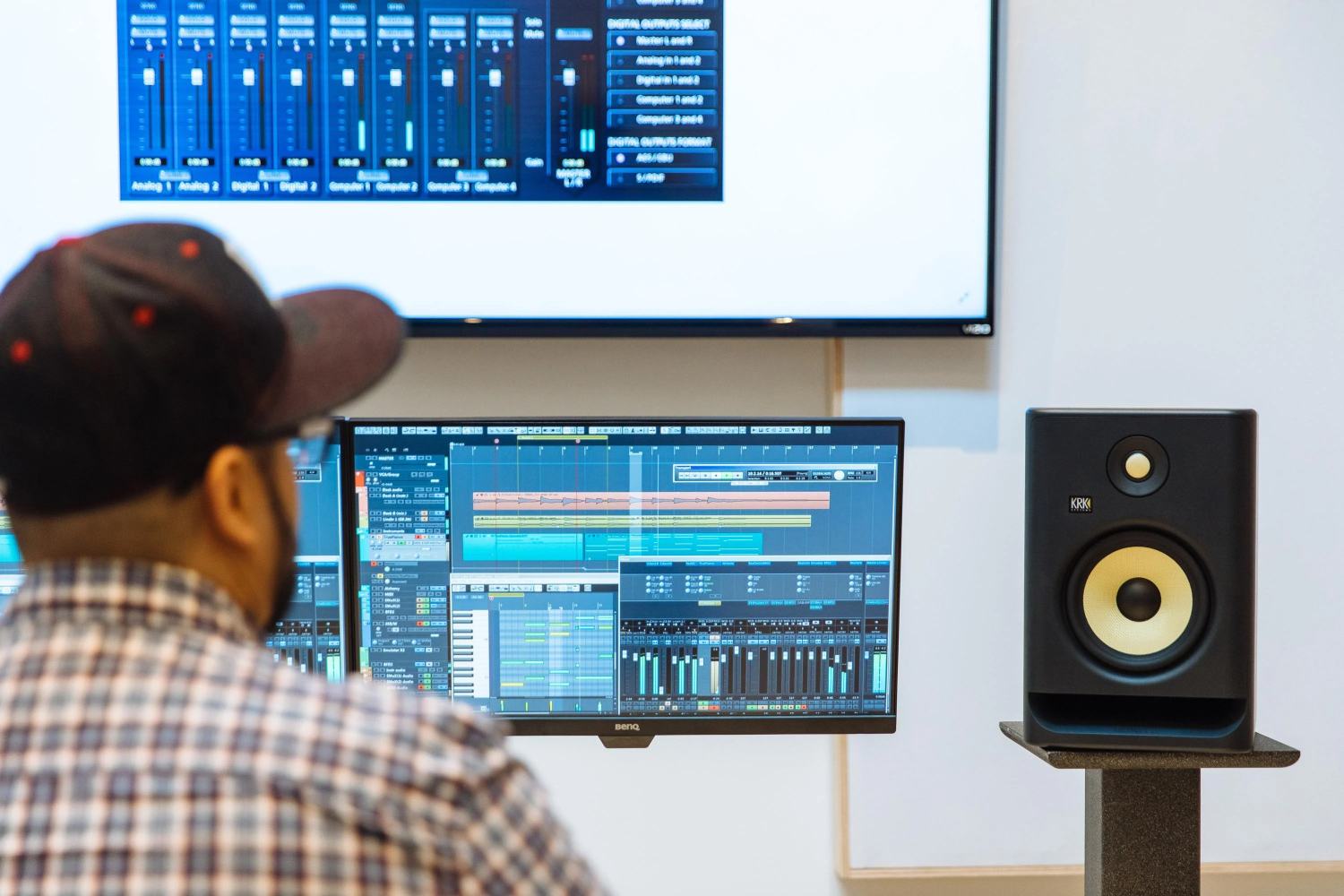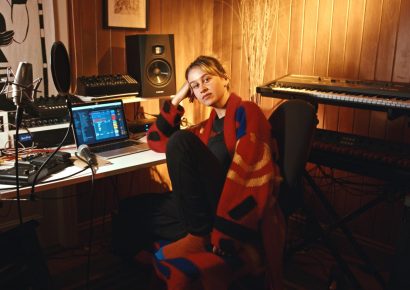It is often said that your choices in monitoring can make or break a production
It’s the lens through which every decision is made, imparting a tangible sonic influence on the overall outcome of your track. It’s for this reason that things like monitor selection, positioning, and setup have always been such serious business for studio boffins, even since the earliest days of the recording studio. Outside of the obvious intangibles, like the quality of the material and/or talent, monitoring may well be the next most important consideration when it comes to successful productions – as well as being something that the engineer at least has some kind of control over!
Read all the latest features, columns and more here.
The ideal monitoring set-up is really about delivering a clarity of vision. I’m not talking about clarity in the visual or literal sense, but rather something much more esoteric and indirect. As an audio engineer, it is vital that we know the tendencies of our monitors, how the subtle differences in frequency and transient response are going to be perceived by an outside audience and from there, making our decisions with this end goal in mind (or landing on something that is, at the very least, likely to work across the broadest cross section of playback devices).
Fundamentally, it all starts with the choice of monitors themselves and in this respect, there is a lot to be gained by investing in a brand that has done their research in the electro-acoustic environment. KRK Music is an established name in the music monitor industry and offers a range of tailored solutions to suit the various environments where music is mixed in the contemporary industry. The new Rokit G4 range with onboard DSP EQ for room correction, are extremely affordable and well equipped to deliver the type of transparency required.
There is a lot to be said about your choice of monitor, but it’s important to know that there is also a lot of technique involved in understanding the role various monitor types can play throughout the mixing and recording process and the way this relates to your studio environment.
One of the first things to consider is the size of the space that you’re mixing in, as this will in many ways dictate what’s best for your situation. For most, nearfield monitors form the foundation for the majority of home monitoring set-ups, as they are inherently designed for listening to fine detail while keeping the physical footprint to a minimum.
The Rokit G4 range includes the latest incarnation of their ubiquitous 5” model which has been the go-to nearfield for small studios for years. One of the great advantages of their design is that because of their close proximity to the mix position, they inherently reduce the influence of the room on your perception, while providing an impressive bass response for a monitor of this size.
A relatively new term in monitoring, the continued rise of the midfield monitor has seen them become more and more prevalent in the home studio, both as a secondary option, or to allow for a wider sense of stereo and better A/B comparisons due to their extended low frequency response.
Featuring 7” and 8” variants, the smaller Rokit midfields are an awesome option for those lucky enough to be working with a slightly larger or well-treated space.
For those with even more space again, the Rokit 10-3 G4 is a three-way option with a 10” driver, which packs a serious punch for those looking for a slightly more long range option.
When it comes to full control of the low end though, there is really little substitute for a tailored subwoofer and that’s precisely why it’s worth looking at the addition of one of the KRK Rokit G4 Subs to pair with your nearfield/midfield setup. The addition of a subwoofer into the set-up will allow you to fine-tune in the 26Hz to 93Hz range for the 12” G4 Sub option, or the 34.5Hz to 133Hz range for the 8” G4 subwoofer, these allow for optimum control of the all important low end. The KRK subwoofer models all have an optional footswitch that can be used to switch the subwoofer in and out of the mix, enabling you to make important comparisons related to frequency response.
The room size will once again determine what particular subwoofer is the best and the most suitable power option for your space. If your system is overpowered for the room size, then monitoring too loudly could introduce all sorts of issues. Utilising a subwoofer into your monitoring set-up still requires some thought and consideration though and it definitely pays to consider placement and the addition of acoustic treatment if needed. Low frequencies in a small parallel room are definitely a candidate for creating standing waves, which can make low frequencies very hard to translate into mixes that effectively deliver a tight low end. Bass traps as a minimum can assist with eliminating some of these issues.
While providing a great deal of detailed mix information can be accurately portrayed from our midfield, nearfield, and sub monitors, sometimes headphones can also serve as an important cross reference. This is especially the case when checking panning and other stereo positioning elements of the mix. KRK also offers an affordable solution for these tasks through the KNS8402. This model offers great separation and isolation (30dBA) for fine-tuning aspects of the mix.
Translation is the key to any great mix, as well as being able to convey or evoke emotion. Utilising monitoring tools that eliminate the guesswork of mixing, can only improve your potential to meet these benchmark standards. A bit of forethought regarding studio size, a bit of investment at the front end, and a commitment to proper listening technique will ultimately go a long way to better sounding records. After all, isn’t that the name of the game?
And now for a limited time only, you can get yourself a brand new pair of KRK Classics, ROKITs or V Series monitors and go into the draw to win a Fully Equipped Home Studio valued at $6,649!
Not only that, there are also hundreds of runner up prize packs boasting $250 worth of KRK accessories to be won for all KRK monitor fans!
To enter, simply purchase your favourite KRK Monitor in the month of June and enter the draw via Jands’ competition page here.







